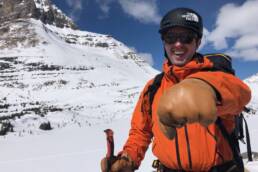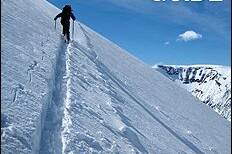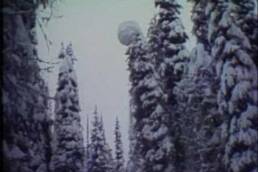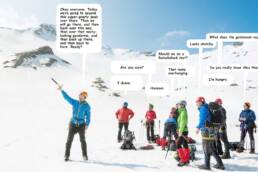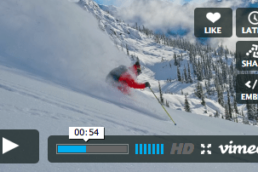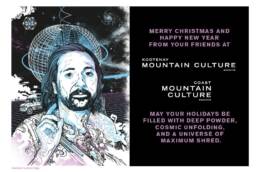We caught up with pro snowboarder and apprentice ski guide Dave Crerar to find out how difficult it is to become an alpine guide these days and what the profession now looks like.
Set aside the current Covid environment where very few adventure guides are working and you still have a profession that’s challenging to get into and to make a year-round living at. Especially here in Canada, which has one of the strictest accreditation processes on earth via the Association of Canadian Mountain Guides. And for good reason: our environment is extreme. So what’s it take to become a ski guide these days and what does the job look like when you are one?
To answer these questions we turned to Dave Turner-Crerar, a thirty-two-year old resident of Golden, British Columbia, who is one of the few split-boarders in the country that’s received his accreditation as an ACMG apprentice ski guide. If anyone can become a full mountain guide as a split-boarder, Crerar can as he’s also a professional snowboarder who rides for The North Face, Smartwool Banff and Qwax wax. Below is our interview.
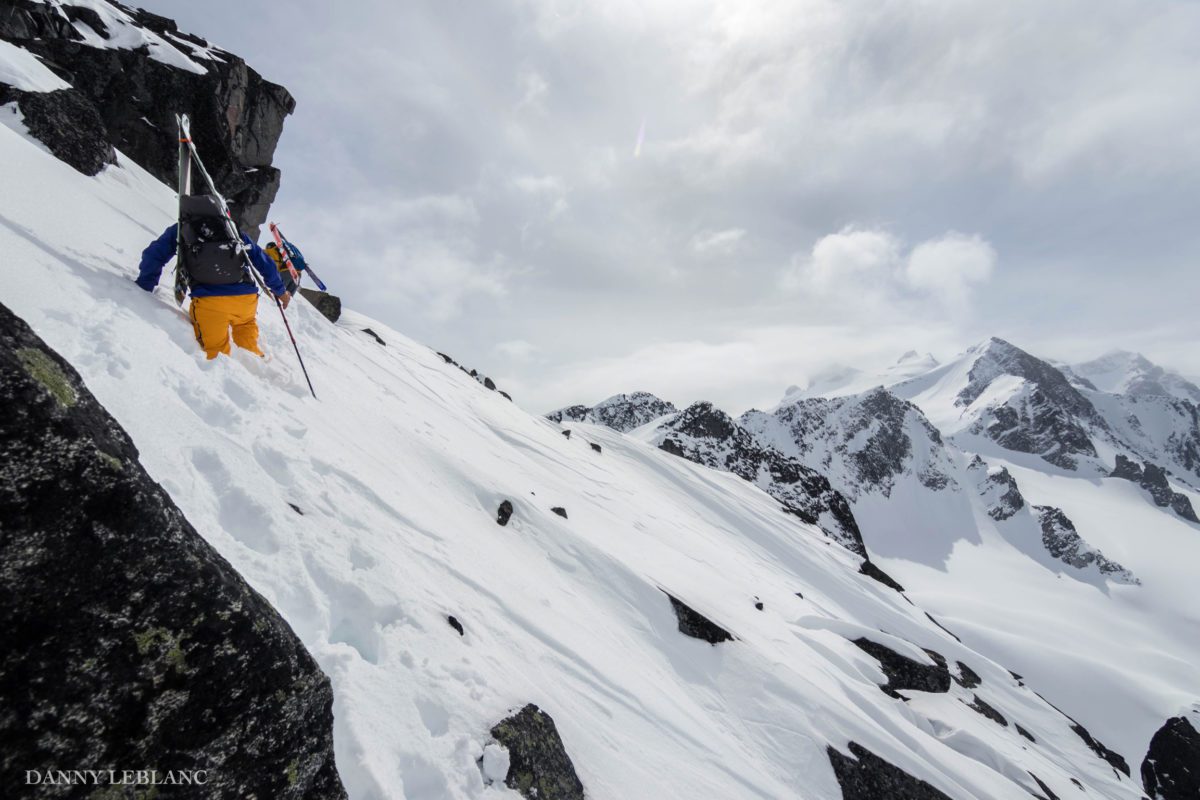
Hey Dave, it’s good to connect. We were going to ask about ski guiding but we heard you’re also a solid kayaker. Tell us about your background?
I grew up in Dublin, Ireland, and immigrated to Canada about 13 years ago to follow a career in Class V whitewater kayaking and I’m supported by Jackson Kayaks. But after moving here I was introduced to split-boarding and I quickly realized that this was in my future too and I barrelled head on into the industry. I have been in the ACMG ski guide program for five years and was to take my exam to become a full ski guide (split-board) this April. However, Covid-19 had other plans for us. I also help run a small guiding company named Golden Powder Guiding that focuses on lodge trips and multi-day guiding.
What’s entailed in becoming an ACMG ski guide?
ACMG’s mandate is to protect the public interest in mountain travel. With this in mind the ACMG have put in stringent measures to ensure they can consistently provide this regardless of who is guiding. In order to become a part of the ACMG you need to take both formal courses and acquire a substantial amount of mileage in the mountains in a recreational setting. This leads into the experience collection part, here you must go above and beyond the necessary experience travelling, working and living in the backcountry, as there are so many well-qualified and competitive applicants. During the application process, the ACMG sift through all applicants applying a plethora of screening criteria in order to gather the group of lucky individuals that get through to the training stage of the program. From here it can take between two and four years to get through all the courses and exams. It is because of this gruelling process that you find a certain level of commitment and pride in most, if not all, ACMG guides. It isn’t easy, far from it, but the rewards are hard to put into words.
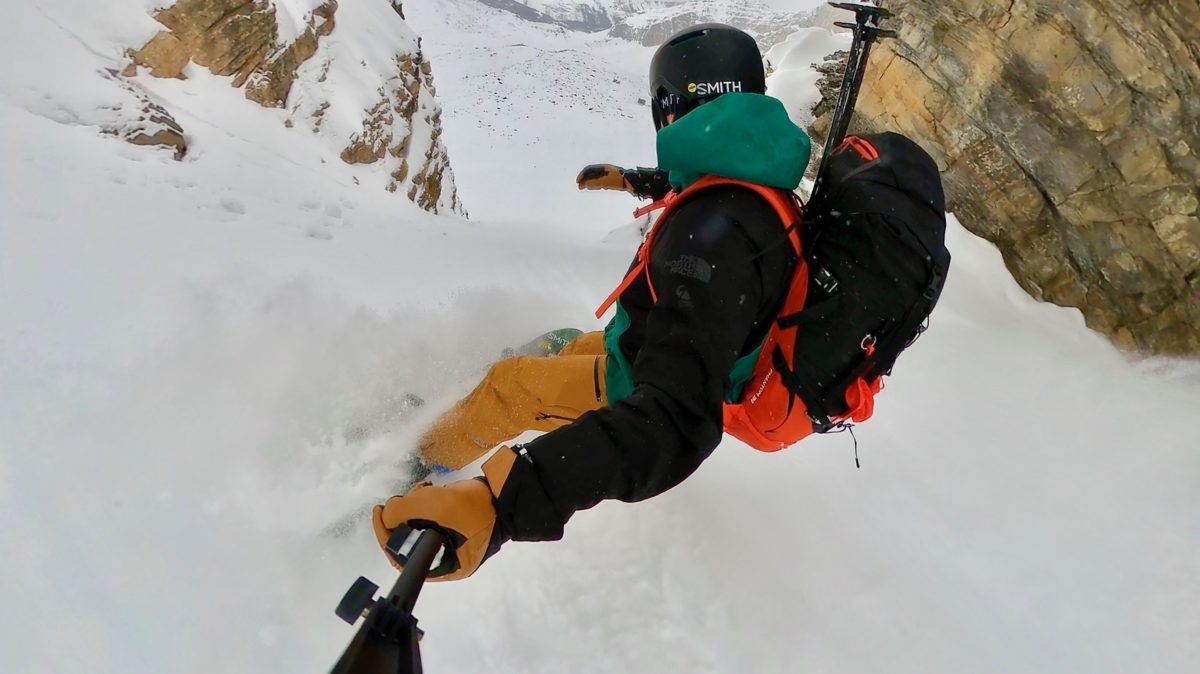
Educator? Route finder? Hand holder? Talent for hire? Conservationist? What does it mean to be a ski guide in the year 2020?
I have not been in this industry for as long as some of my peers and mentors. However, I feel that I have good insight into what this world looks like. Although some may be viewed as condescending, I think all of those sentiments are relevant when looking at what it is like to guide in the backcountry in 2020. For me I think guiding is an opportunity to show people the backcountry, while keeping them safe, but making sure that they get an unforgettable taste of what it has to offer. We have to keep in mind that someone’s first day on a split-board can be just as epic as a person’s 30th summit with a guide they’ve been using for 20 years. The guide just has to remember that and shift focus to make sure that’s what is being provided.
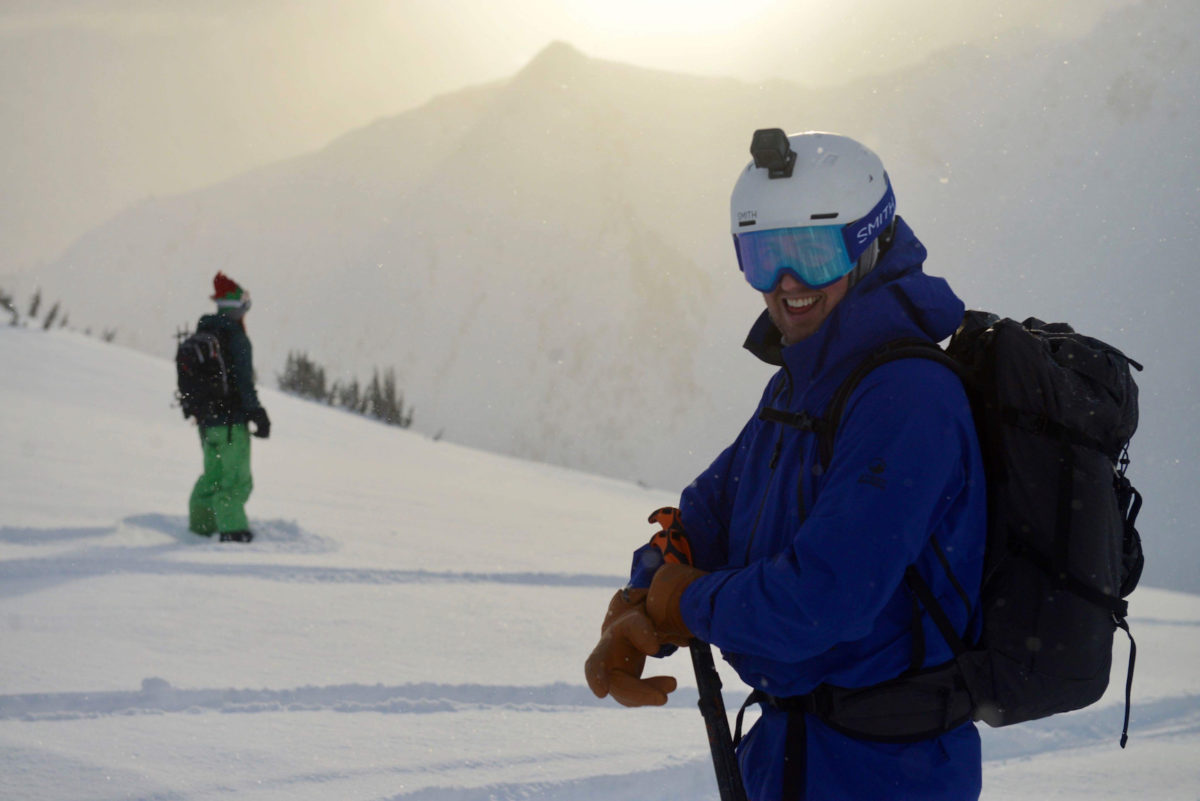
Though so many of our readers are passionate about mountain pursuits, many may never have hired a ski guide, and wouldn’t know what to expect from one except perhaps outlining the route to the summit. Is your role just to provide a safe, and memorable experience for clients in the mountain environment, or is there more to it?
There are many reasons to hire a guide, the most important one is obviously safety. I think the perception of cost versus value has been the biggest barrier to hiring a guide amongst the majority of those that are passionate about mountain pursuits. Take for example the current educational system in place for backcountry users. Avalanche Canada developed the AST to help teach those new to split-boarding and ski touring how to manage the information available to them when making decisions about where to go and how to get there in the backcountry. These courses have helped thousands of people access the backcountry safely, but the book stops there. The next step for education is to migrate into the professional educational stream which is more involved than most recreational skiers and riders require. A guide can help these high-level recreationalists get a taste of professional level decision making, but without requiring such a huge investment of time and money.
What’s to say a guide can’t take you somewhere incredible while also increasing your skills along the way? When you price out a day of guiding around Golden, split between friends, it can come out to the same price as a lift ticket. Like you said you can definitely hire a guide to get you somewhere you may not be able to get to due to a myriad of reasons. I think that there is an under-utilized part of what a guide offers that can be exploited in the good name of further education for the recreational shredder.
Is public education a part of what you do, or is it more about the task at hand?
Split-board guiding goes hand-in-hand with conservation education. Take for example the Rogers Pass winter permitting system. It’s a rather simple system whereby the park opens certain areas based on the instructions from the control team. This was put in place to make sure the avalanche control teams can do their job. These teams use howitzer cannons to do their work so as you can imagine that any infraction of their permit system can halt the entire program, which in turn halts all traffic on Highway 1. As simple as this system may sound there are many infractions within winter restricted areas every season. It can be awkward at times but there is a definite feeling that education can be necessary if you come across folks travelling in the backcountry who may seem a little lost.
Taking it from a different perspective, we spend a lot of time travelling in the backcountry every season. We see the glacial recession all over the mountains first-hand. Giving clients a real, up close view of global warming at work can change perspectives rapidly. Although we may only see a few hundred people per season one of those people might be the right one to enact tangible change. I think we need to be cognizant of how we are perceived by the public and our clients. There is a growing movement towards lowering our carbon footprint as a generation. Although helicopter usage is part of our business, I am noticing an industry-level awareness towards changing where it is possible. We are seeing a large push away from non-recycled anything. I try to make sure we use locally sourced products with minimal packaging on any of our trips.
Finally, the brands we choose to associate ourselves with are an important part of it all. I thought long and hard before trying to approach brands to work with. The North Face was the obvious partner not lest because of their move towards using recycled material in their new Futurelight range but also because of their generous and charitable involvement in many parts of the outdoor industry.
Has the proliferation of the Internet changed guiding over the last few decades? If so, how?
I was in elementary school 20 years ago and I don’t think we had dial-up Internet yet at home in Dublin. But all jokes aside of course it has. I am a very new addition to the guiding world in comparison to some of the people and organizations that have a multi-generational span. It has been echoed by some that there is an over-population of sole-proprietor-based guiding outfits on the market. But by nature, a guide operates on their own in most instances. I think the big change is the availability of software that allows people to make a website, market themselves, and conduct commerce all from a phone. It has changed the way the industry runs. It has given guides the opportunity to work for themselves rather than some of the larger guiding companies.
Any guides who have influenced you as you were coming up through the ranks?
Yes of course. Sam Ewing in Revelstoke is one of the main reasons I was able to navigate the complex entry into the guiding industry. From afar, Charles Gerrard in Golden and Joey Vosburgh in Revelstoke showed me that it can be done on a split-board (being able to guide on a split-board is a relatively new thing). Ian Kirschner in Golden has taken me under his wing and helped me prepare for my exams. I would be remiss if I didn’t mention how influential my peers have been as well. I am lucky to be surrounded by incredibly talented riders and mountaineers. As with any educational program, you move through the stages of the educational process with those you have been grouped with. I have been incredibly fortunate have been in the ACMG stream with so many amazing people.
Related Stories
Ski Your Ass Off
Winter is upon us. But as we look to the future, it's not a bad idea to drift back into the past. The glorious, super…
In Guide, We Trusted
With avalanche accident statistics showing the need for increased client-and-guide interaction in decision-making,…
Get Rich or Be a Guide
Either way, you want to get yourself to CMH Galena. Dream big young warrior. Someone's got to do it. CMH Galena Set-up…
History of Ski Aerial Acrobatics
One of the most influential ski films of all time. Dick Barrymores documents what started freestyle skiing. From 1969…


